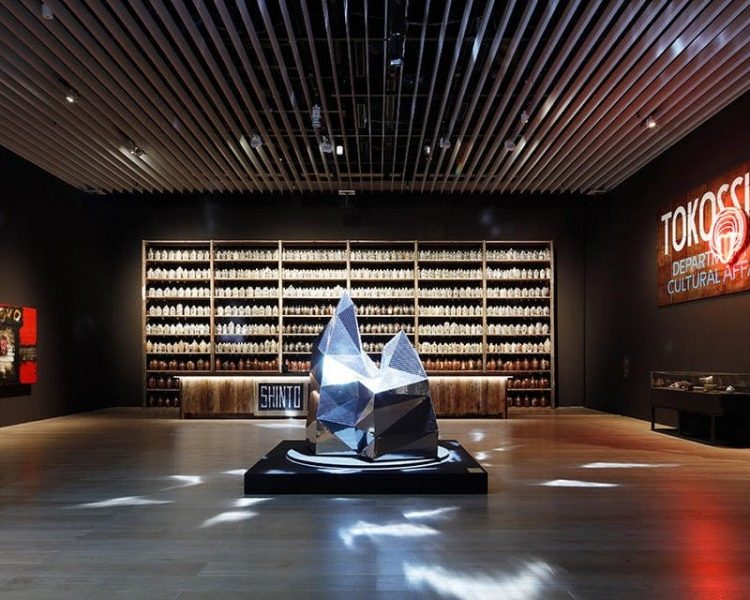
July.21
Newsletter Summer Special 2024
July.21
I’m Gian and thought it was appropriate to re-introduce myself to the hundreds of new subscribers who have joined in the last few months (welcome and thank you!). When I started The Craftsman Newsletter in 2017 it was about recommending craft-related objects and people I encountered through my frequent travels. In time it evolved into original long-form…
May.17
Talking by making: pottery in the heart of Uji by Gianfranco Chicco
May.17
Ceramics and tea culture are both close to my heart so when Hosai Matsubayashi XVI invited me to practise pottery at Asahiyaki it felt like a dream come true. In November 2023 I embarked on a research trip to Japan for my book on what we could learn from Japanese craftspeople, shokunin, to improve how we…

Nov.25
Kishio Suga on Paper by Pen
Nov.25
Alongside the first-time English publication of his essays, an exhibition on the Mono-ha artist surveys his extensive work on the medium. Kishio Suga’s sculptures and installations are muted, simple in their elements. But after close observation, one may notice the hidden truths of our surroundings beginning to articulate themselves. An exhibition running from January 15…
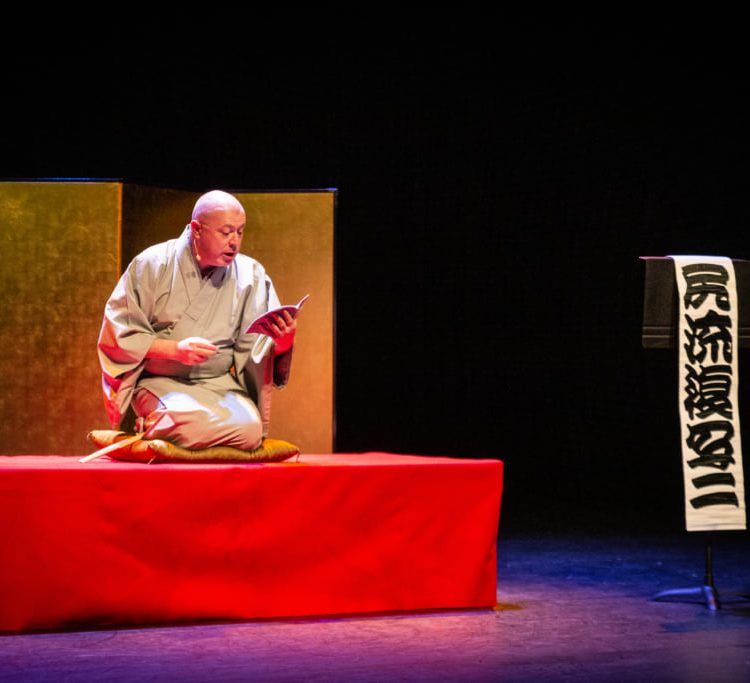
Nov.20
The Art of ‘Rakugo’, Sit-Down Comedy by Pen
Nov.20
Inherited from tales by Buddhist preachers and now secularised, this solo performance involves a storyteller making the audience laugh. Rakugo, which literally translates as ‘art of fallen words’, is making a comeback on Japanese stages. Dating back to the 17th century and originating from Buddhist tradition, rakugo experienced its heyday in the Meiji era (1868-1912) and particularly…
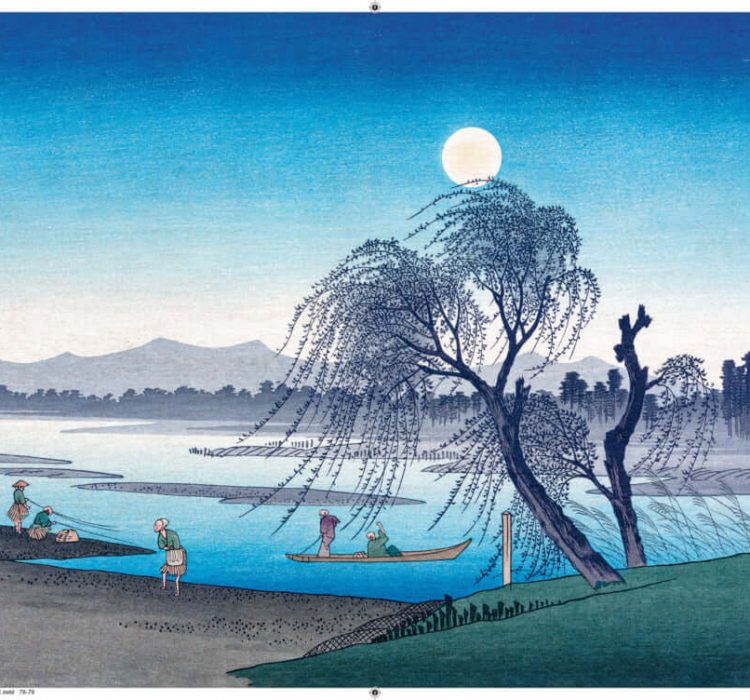
Nov.15
The Moon and the Printing Masters by Pen
Nov.15
The white star is particularly celebrated in Japan and has inspired various artists, whose works are featured in this leporello. The moon occupies a special place in Japanese society, one that Anne Sefrioui’s book, La lune par les grands maîtres de l’estampe (‘The Moon by the Great Printing Masters’), seeks to examine. This set, made up of…
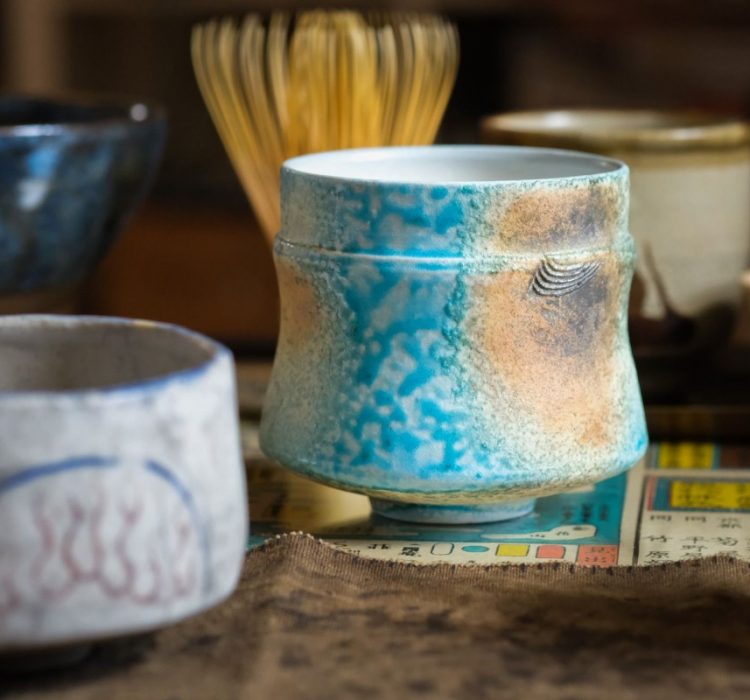
Oct.22
Moving at human speed by Gianfranco Chicco
Oct.22
You can tell that September was the busiest time at work when all I could manage to write about was putting tomatoes on handmade ceramic plates and sharing daily Instagram Stories about preparing matcha (抹茶, Japanese powdered green tea) in a proper teabowl using a bamboo whisk. Truth is, these things were a palliative to a hectic period. Running…
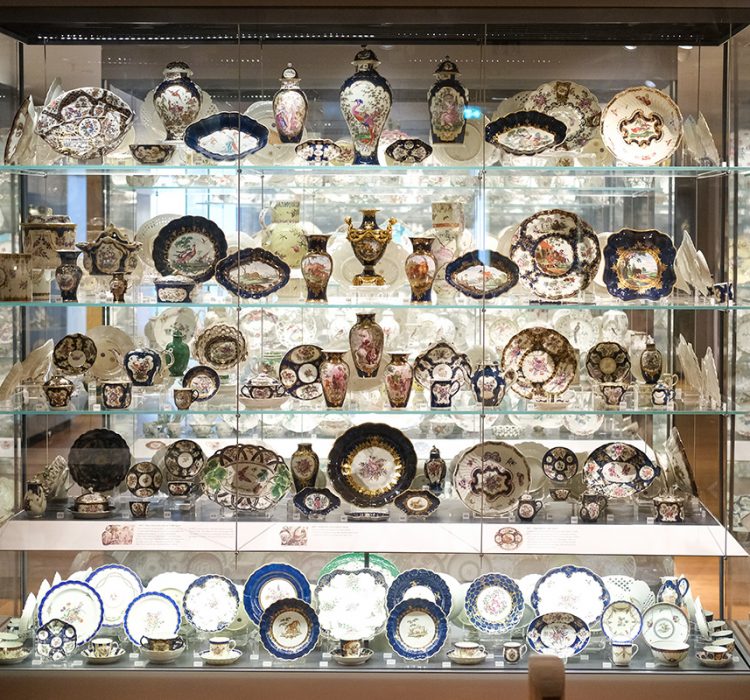
Oct.12
Collecting, Making, Using by Gianfranco Chicco
Oct.12
‘Are you a collector or a maker?’ a chatty chap asked me during a ceramics exhibition months ago. He then went on to tell me how proud he was of his Japanese collection. ‘I’m a user’ I uttered without too much thought, and my answer has been lingering in the back of my mind ever…
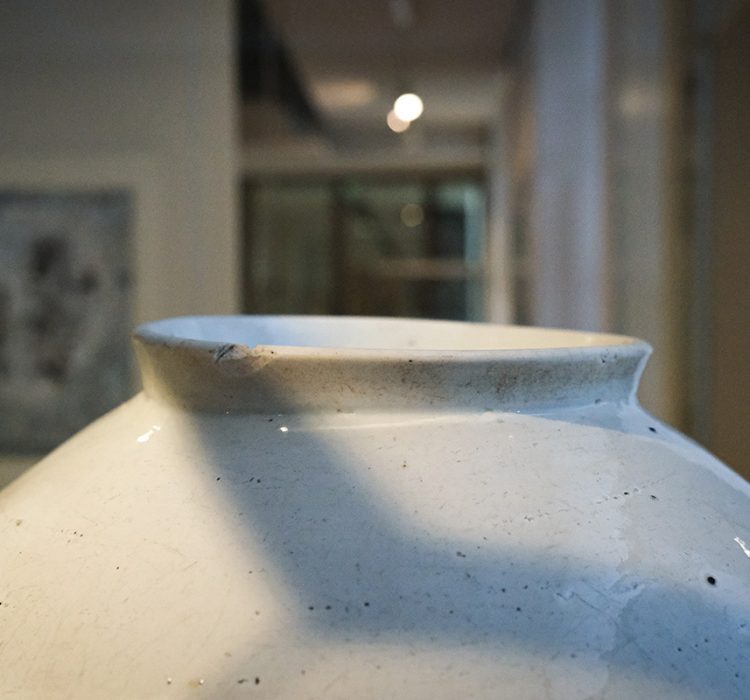
Oct.05
Earlier this year I fell down a moon jar rabbit hole by Gianfranco Chicco
Oct.05
My interest in Korean ceramics had been growing over the years, at first as a way to better understand its Japanese counterpart, and later based on its own merit. While Japanese emperors, aristocrats and rulers like Toyotomi Hideshoshi had a penchant for karamono, elegant and luxurious tea wares and other objects originating in China, it…

Sept.28
Traditions: from copying to rebellion to transcendence by Gianfranco Chicco
Sept.28
When we think about traditional craft objects, the first image that comes to mind is that of old things, vintage looks, nostalgia and remote origin stories. However, traditions are living entities. They have to be born before they get a chance to establish themselves, they grow and evolve, and sometimes they die too. The evolution…
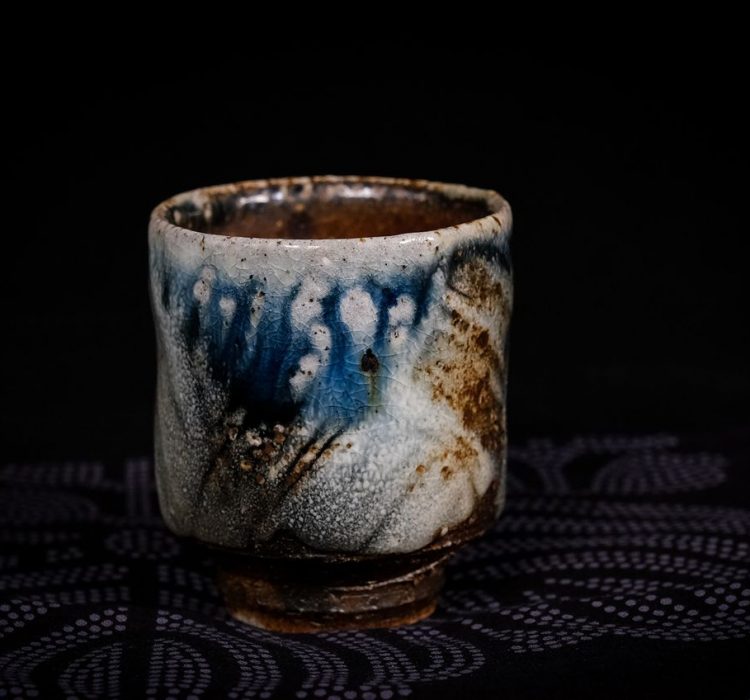
Sept.21
The humble yunomi by Gianfranco Chicco
Sept.21
The yunomi is the workhorse of Japanese teaware. It’s the cup where you’ll be offered tea at a shop, a restaurant, an office or when visiting someone’s home. You’ll find it in daily use by people of all classes and backgrounds. Broadly speaking, Japanese tea cups and bowls can be classified as chawan, yunomi and…









